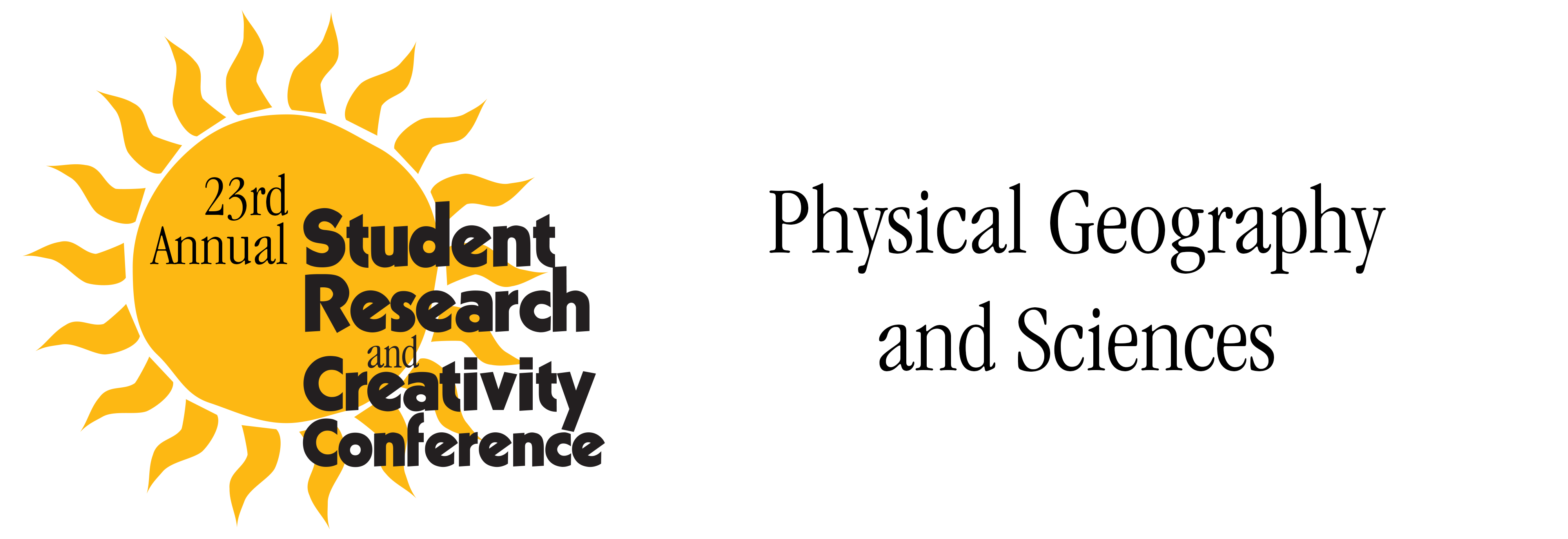
Files
Download Full Text (4.6 MB)
Description
Matthew Rayburg, GES460: Environmental Field Methods
Faculty Mentor(s): Professor Elisa Bergslien, Earth Sciences and Science Education
The East side of Buffalo, New York is littered with thousands of vacant lots. These vacant lots were not always empty, most if not all at one time had homes and businesses on them. When these were abandoned, buildings were demolished with the waste and rubble often used to fill in the foundation with a small layer of soil being placed on the top. The debris of old construction can often contain harmful heavy metals such as arsenic, cadmium, chromium, lead, mercury, nickel, and zinc. With the recent uptick of urban farm-steading in the region, many of these lots are being purchased and the empty space is being filled with rows of fruits and vegetables. It is likely that some concentrations of these hidden toxic elements can make it into produce grown on these lots via different pathways and that the use of nitrogen and potassium fertilizers can impact the ability of plants to uptake these heavy metals. Several test locations were selected based on their historic and current use. Sites with known debris and sites that have no history of construction are compared. Soil, potatoes, carrots, beans and lettuce were collected and dried. The collected samples were analyzed using microXRF in order to determine how the load in the plants compares to the levels of the heavy metals in the soil, and to assess the safety of plants grown by the urban farms and determine if any risks are present to those who consume them.
Publication Date
2021
Recommended Citation
Rayburg, Matthew, "Digging Deeper: Contaminants in Urban Farms" (2021). Physical Geography and Sciences. 13.
https://digitalcommons.buffalostate.edu/srcc-sp21-physgeosci/13



